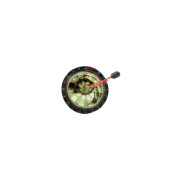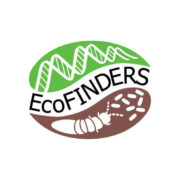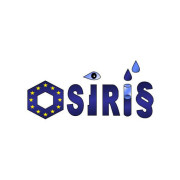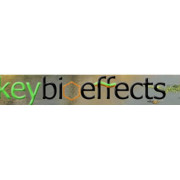Sediment contact tests as tool for the assessment of sediment quality in rivers and lakes (SeKT)
In current bioassay approaches for assessing sediment toxicity, whole organisms or in vitro systems are exposed to various sediment fractions (e.g. whole sediment, pore water, extracts) considering different exposure scenarios. Whole-sediment exposure protocols represent the most realistic scenario. However, until now the interpretation of sediment contact test results is associated with uncertainties due to the […]










